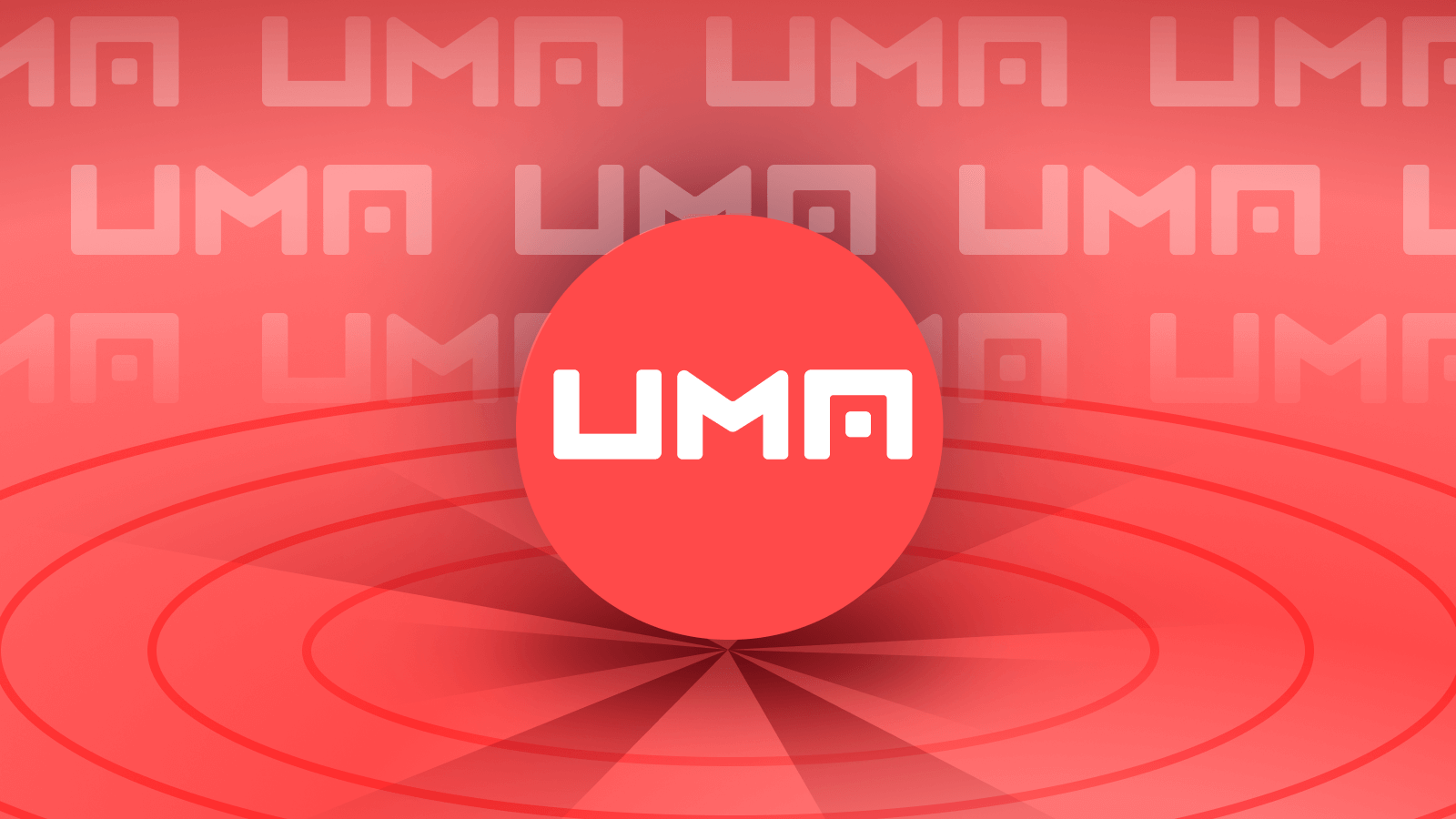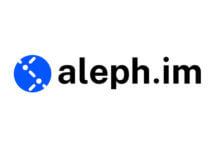UMA: Unveiling the Potential of Decentralized Synthetic Assets
In the ever-evolving realm of Decentralized Finance (DeFi), UMA (Universal Market Access) stands out as a pioneering protocol. It empowers users to create and trade synthetic assets—digital tokens that mirror the price movements of real-world assets—evidently on the blockchain. This article delves into the intricacies of UMA, exploring its core functionalities, underlying technology, potential applications, and the future outlook of the UMA token within the broader DeFi ecosystem.
Understanding UMA: Decentralized Finance for Synthetic Assets
Traditional financial markets offer a plethora of assets for trading, from stocks and bonds to commodities and derivatives. However, accessing these markets can be complex, often involving centralized institutions and regulatory hurdles. UMA disrupts this paradigm by introducing a decentralized alternative: synthetic assets.
What are Synthetic Assets?
Synthetic assets are crypto tokens that track the value of underlying assets, such as stocks, commodities, or even other cryptocurrencies. Unlike traditional derivatives, synthetic assets reside entirely on the blockchain, eliminating the need for intermediaries and potentially increasing accessibility.
UMA: Facilitating Synthetic Asset Creation and Trading
UMA acts as a decentralized protocol built on the Ethereum blockchain. It provides the infrastructure and tools necessary for anyone to create and trade synthetic assets. Here’s a breakdown of UMA’s core functionalities:
-
Optimistic Oracle: UMA utilizes a unique mechanism called the Optimistic Oracle (OO). This oracle system functions by allowing anyone to submit data feeds regarding the value of the underlying asset for a synthetic token. The community then has the opportunity to challenge the submitted data if it is deemed inaccurate. If no dispute arises within a designated timeframe, the data is deemed valid. This incentivized system fosters a reliable source of price information for synthetic assets.
-
Dispute Resolution Mechanism: In the event of a data dispute, UMA’s built-in dispute resolution mechanism takes effect. UMA token holders can participate in a game-theoretic process to vote on the validity of the disputed data. This mechanism ensures data integrity and incentivizes honest participation through economic rewards.
-
Synthetic Asset Design: The UMA protocol provides customizable templates for creating various types of synthetic assets. These templates define parameters like the collateralization ratio (the amount of underlying asset required to back a synthetic token), expiry dates (if applicable), and price feeds.
-
Decentralized Exchange (DEX) Integration: UMA functions seamlessly with decentralized exchanges (DEXs) like Uniswap and SushiSwap. These DEXs facilitate the trading of synthetic assets created on the UMA protocol, providing users with a secure and transparent trading environment.
Advantages of UMA and Synthetic Assets
UMA’s innovative approach to synthetic assets offers several advantages over traditional financial markets:
-
Accessibility: UMA creates a permissionless environment where anyone can access and participate in synthetic asset markets, regardless of geographical location or financial standing.
-
Transparency: All data and transactions on the UMA protocol are publicly viewable on the blockchain, fostering trust and reducing the risk of manipulation.
-
Efficiency: Decentralized trading eliminates intermediaries, potentially leading to faster transaction settlements and lower fees.
-
Innovation: UMA opens doors for creating novel synthetic assets that might not be readily available in traditional markets. These could include synthetic indices, inverse assets, or even weather derivatives.
Applications of UMA and Synthetic Assets
The potential applications of UMA and synthetic assets are vast and extend beyond traditional financial markets.
-
Hedging: Investors can utilize synthetic assets to hedge against price fluctuations in real-world assets. For instance, a farmer could create synthetic short positions on crops to mitigate potential losses due to harvest failure.
-
Market Access: UMA allows users to gain exposure to assets that might be geographically restricted or difficult to access directly. This opens doors for participation in a broader range of investment opportunities.
-
Prediction Markets: Synthetic assets can be used to create decentralized prediction markets on various events, from election outcomes to sports results. This facilitates transparent and efficient prediction markets without a central authority.
-
Decentralized Derivatives: UMA paves the way for a future of decentralized derivatives, potentially transforming the landscape of financial risk management within the DeFi ecosystem.
The UMA Token: Powering the Protocol
UMA (the token) serves as the lifeblood of the UMA protocol. It plays a crucial role in several key functions:
-
Security: UMA token holders participate in the Optimistic Oracle and dispute resolution mechanism. By staking their tokens, they incentivize honest data submission and secure the overall system.
-
Governance: UMA token holders have voting rights on protocol upgrades and future development proposals. This fosters a community-driven approach to the evolution of the UMA protocol.
-
Economic Incentives: UMA tokens are used to reward data providers and dispute resolution participants for their contributions to the network. This incentivizes active participation and ensures the smooth operation of the protocol.
The Future of UMA: Challenges and Opportunities
Despite its innovative approach, UMA faces challenges that will influence its future trajectory:
-
Regulatory Landscape: Decentralized Finance, including synthetic assets, remains a nascent space. Regulatory frameworks are still evolving, and uncertainty surrounding potential regulations could hinder adoption.
-
Scalability and Efficiency: As UMA gains traction and the number of synthetic assets increases, scalability remains a concern. The Ethereum blockchain’s current limitations on transaction speed and gas fees could affect user experience.
-
Adoption and Liquidity: Widespread adoption of UMA and synthetic assets hinges on attracting users and ensuring sufficient liquidity in the markets. Building trust and creating user-friendly interfaces will be crucial in this regard.
-
Security Considerations: Smart contract vulnerabilities pose a significant risk within DeFi protocols. Ongoing audits and security enhancements are paramount to maintaining user confidence and preventing potential exploits.
However, UMA also boasts promising opportunities for the future:
-
Layer-2 Scaling Solutions: Integration with Layer-2 scaling solutions built on top of Ethereum could address scalability concerns by processing transactions off-chain, ultimately reducing gas fees and improving user experience.
-
Cross-chain Compatibility: Expanding UMA’s functionality to operate on multiple blockchain networks could unlock wider participation and interoperability within the broader DeFi ecosystem.
-
Innovation in Synthetic Assets: As the UMA protocol matures, we can expect a proliferation of innovative synthetic asset types catering to diverse user needs and risk profiles.
-
Integration with Traditional Finance: Potential partnerships with traditional financial institutions could bridge the gap between DeFi and traditional markets, potentially leading to wider adoption of UMA and synthetic assets.
The UMA Token: A Long-Term Play
The future value of the UMA token hinges on the success and adoption of the UMA protocol itself. If UMA becomes a dominant force in the realm of decentralized synthetic assets, the demand for UMA tokens could increase significantly. However, factors like regulatory uncertainty and competition from other DeFi protocols will also play a role.
Investors considering UMA should adopt a long-term perspective. While short-term price fluctuations are inevitable, the long-term potential of UMA is promising, particularly as the DeFi space continues to evolve and gain mainstream recognition.
Conclusion: UMA: A Catalyst for Decentralized Finance
UMA stands as a pioneering protocol at the forefront of decentralized synthetic assets. Its innovative approach offers several advantages over traditional financial markets, including accessibility, transparency, and efficiency. While challenges remain, UMA’s potential to unlock novel investment opportunities and empower a more inclusive financial landscape is undeniable. As the DeFi ecosystem matures and regulatory frameworks adapt, UMA is well-positioned to play a significant role in shaping the future of decentralized finance.






